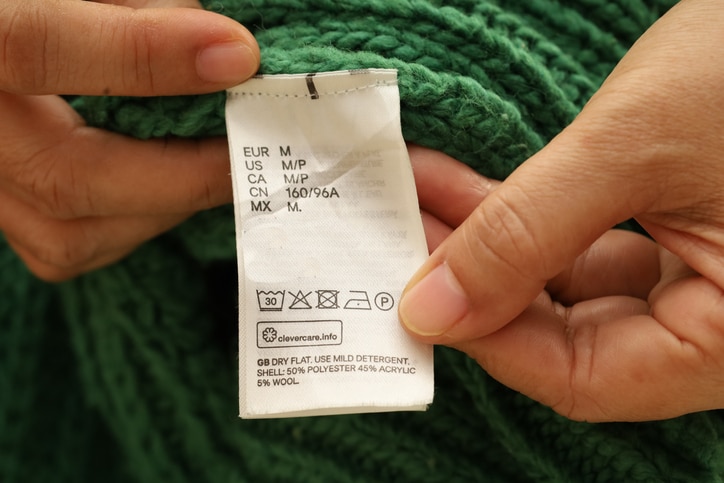Have you ever been in a room so loud you couldn’t think? Or walked past a perfume counter and winced from the blend of scents? Maybe you taste soap when you eat cilantro. In all these scenarios, your brain struggles to process these sensory inputs, resulting in an increased attention to that input and a decrease in other cognitive operations.
This cognitive disruption is common to most people in overwhelming sensory situations, but for some children and adults it’s much worse. For them, that sensory disruption can happen because of seemingly minor sensory inputs, something most people wouldn’t find disruptive at all. For these more sensitive people, noises don’t have to be all that loud and scents don’t have to be all that powerful.
At Imagine Pediatric Therapy, we know the science on sensory processing is still limited – and we also know it can be difficult to understand why a loose thread in a shirt causes your child to have an absolute meltdown.
Research in sensory processing continues to develop, but scientists have identified a strong relationship between neurodivergent diagnoses like ADHD and ASD, and increased sensitivity, resulting in a Sensory Processing Disorder (SPD). Scientists are also exploring the possibility that as many as 10-20% of all people struggle with similar but less intense or less frequent sensory processing disruptions. Researchers call this a “Sensory Processing Sensitivity,” describing SPS as an increased sensitivity of the central nervous system that leads to more intense and frequent activation of responses.
While research suggests lots of different mechanisms in the brain to explain the nervous system’s over-reaction to stimulus, the basic experience is consistent: a seemingly benign sensory experience—a faint whisp of odor, a too-soft cooked vegetable, a ticking clock, a seam in a sock—becomes the dominant signal in the brain, triggering a systemic over-reaction. That over-reaction can be triggered by or trigger stress reactions, creating a kind of feedback loop of intensified feeling. Those intensified feelings lead to adverse reactions to the stimulus and require longer periods of cognitive and physical recovery, even though others might perceive it as a minor distraction.
Perhaps the best way to think about Sensory Processing Sensitivity is to remember the amplifiers for the fictional band, Spinal Tap. A typical central nervous system might be set at a 6 out of 10. For a child with Sensory Processing Sensitivity, their central nervous systems crank the dial all the way up, and their “amps” go to 11.
Like all atypical neurological operations, every child’s Sensory Processing Sensitivity is slightly unique. That variability can make sensory issues seem like mere personal preferences or tastes. You may think to yourself: “Nobody really enjoys eating their vegetables,” but for a child with sensory processing issues, that experience can be so unpleasant that it triggers a physical reaction like vomiting. When your child’s reaction to a taste, texture, sound or smell seems unreasonable to you, take a breath and remember that your child’s brain has become overly focused on a particular sensory input, literally bombarded by the constant signal of the offending sense.
You can help your child manage Sensory Processing Sensitivity by turning down the intensity of the signals that have grown too dominant for your child. Avoid common sense-triggers that over-stimulate their nervous system and muffle or soften sense-triggers that can’t be avoided. For intrusive sounds, use ear plugs or headphones. For tastes and food textures, select ingredients and cooking techniques to minimize reactions. For problems with touch, turn socks inside-out so seams are smoother and trim threads, tags and sharp edges on clothes. If smells are an issue, invest in fragrance-free products around your home and carry a mask for your child to wear in odorous public places.
As research expands and methods to treat SPS and SPD are discovered, Imagine Pediatric Therapy will stay at the front line of evidence-based treatments to serve your child and your family. Ask us how we can help your child with SPS or SPD today.



